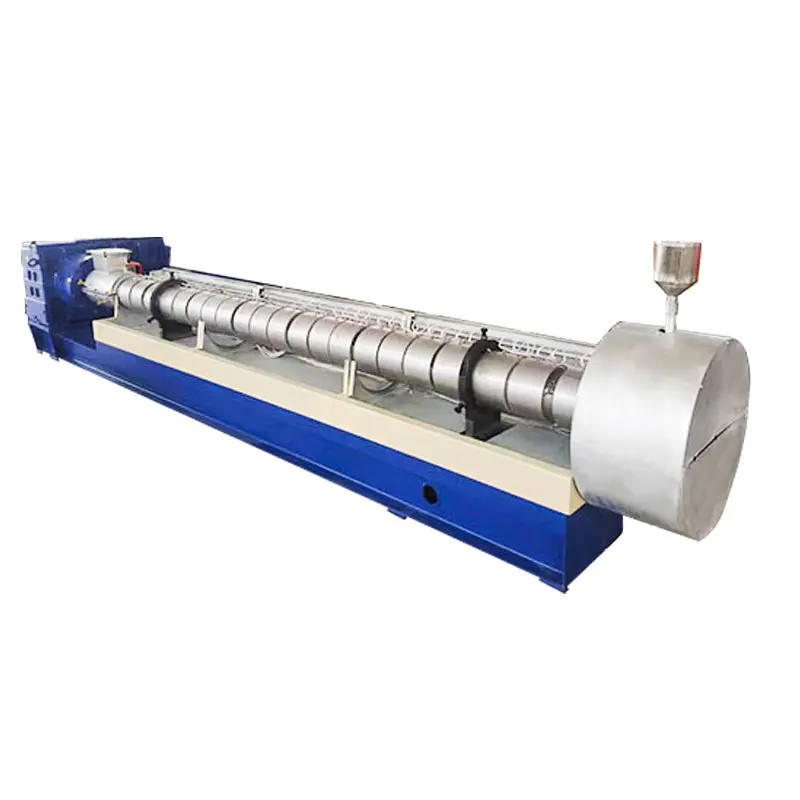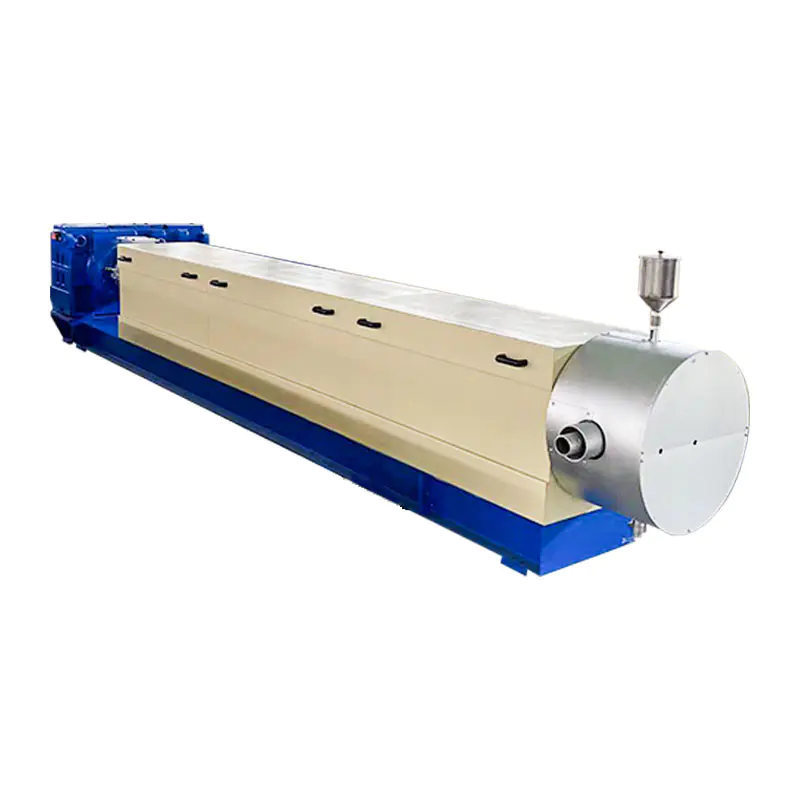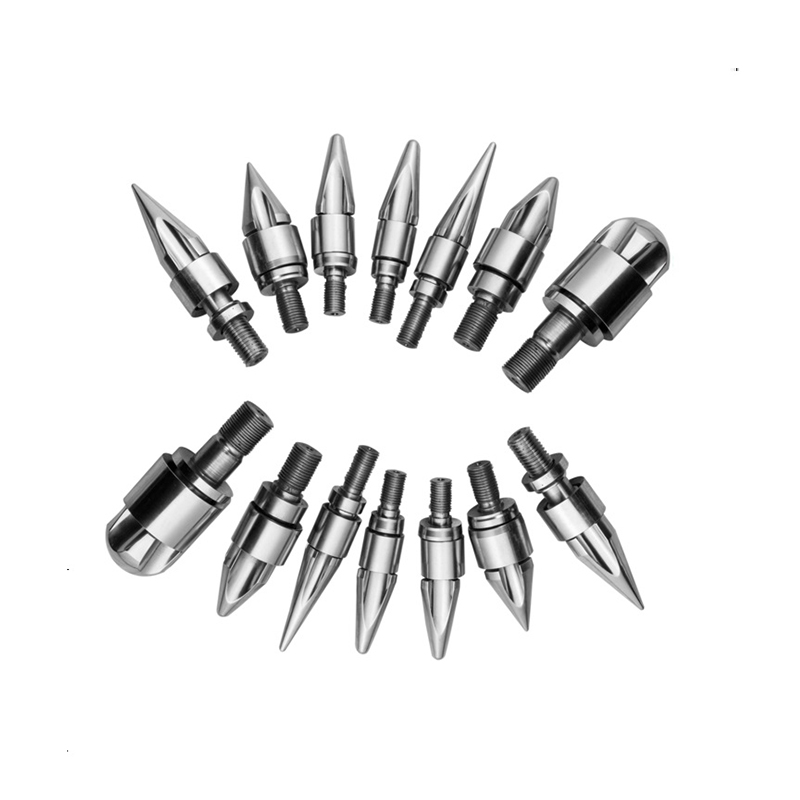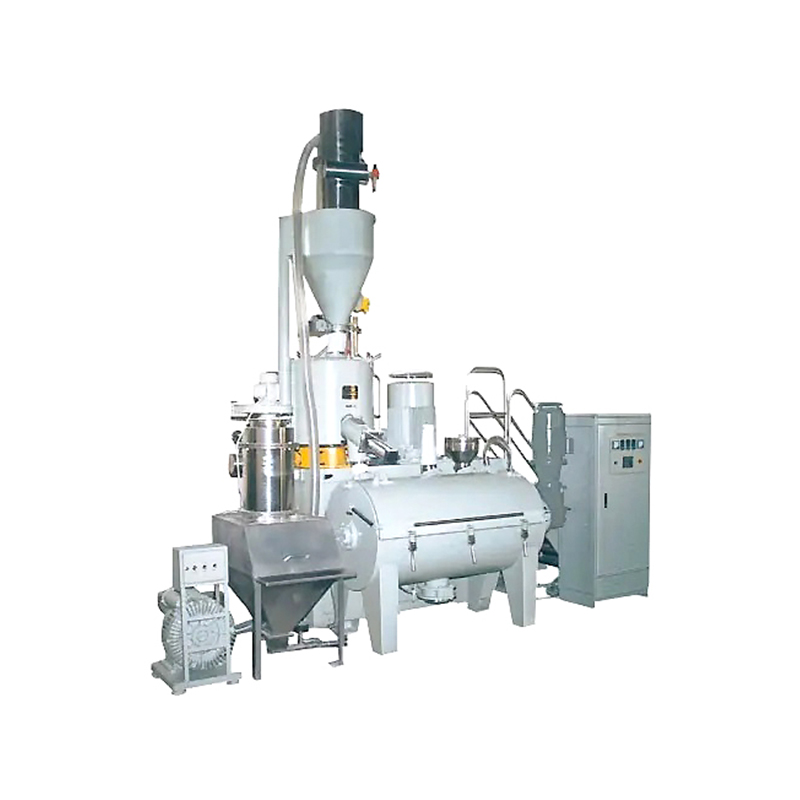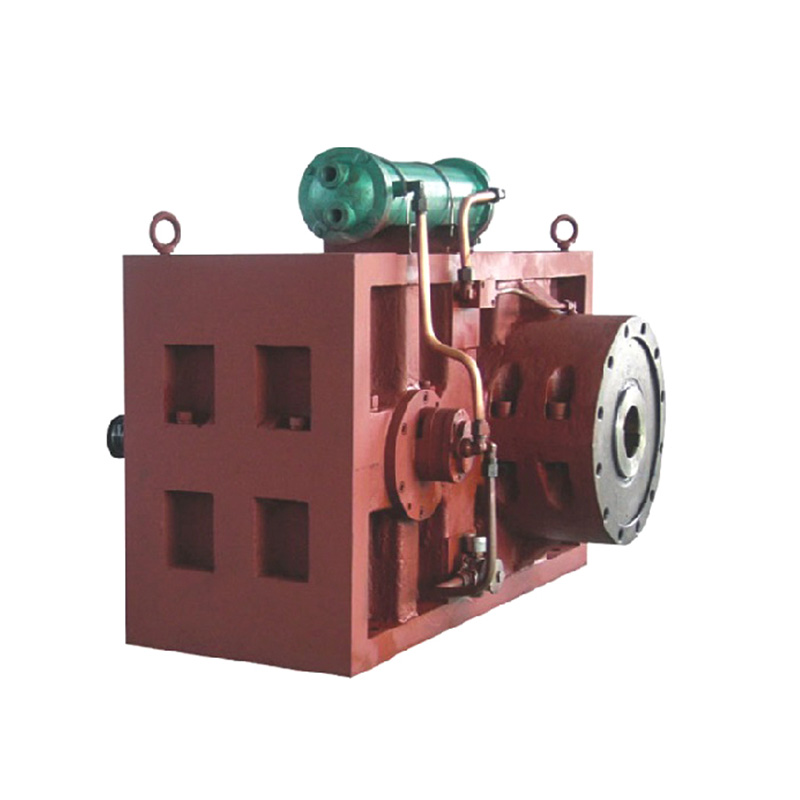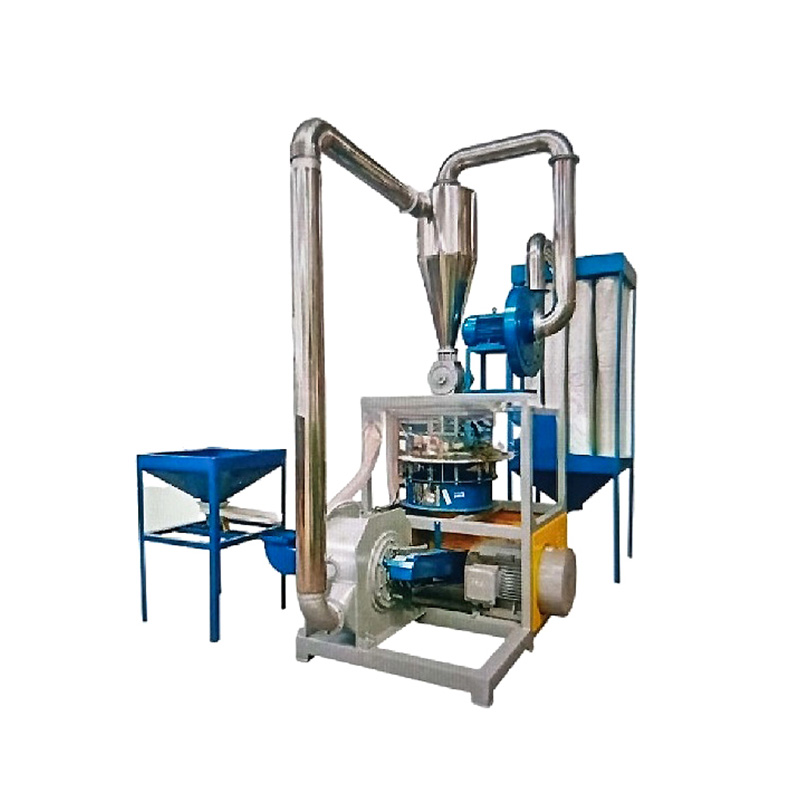Plastic recycling and manufacturing rely heavily on the versatile Plastic Pelleting Machine to transform diverse plastic feedstocks into uniform pellets. A key operational question centers on material compatibility: What types of plastic can a Plastic Pelleting Machine process?
Core Compatibility: Thermoplastics Dominate
The primary category suitable for processing in a Plastic Pelleting Machine is thermoplastics. Unlike thermosets, thermoplastics soften when heated and harden upon cooling, allowing them to be repeatedly melted and reshaped – a fundamental requirement for the pelleting process.
Common thermoplastics effectively processed include:
-
Polyolefins:
-
Polyethylene (PE): Including High-Density PE (HDPE), Low-Density PE (LDPE), and Linear Low-Density PE (LLDPE). Widely recycled and pelletized from bottles, containers, films, and industrial scraps.
-
Polypropylene (PP): Found in automotive parts, packaging, textiles, and consumer goods. Requires specific temperature control due to its narrower processing window compared to PE.
-
-
Polyethylene Terephthalate (PET): Primarily from bottles and food packaging. PET processing requires careful drying before entering the Plastic Pelleting Machine to prevent hydrolysis and maintain molecular weight. Its semi-crystalline nature demands precise temperature profiles.
-
Polystyrene (PS): Both General Purpose PS (GPPS) and High Impact PS (HIPS) can be pelletized. Careful control is needed to prevent degradation, as PS is sensitive to excessive heat and shear.
-
Polyvinyl Chloride (PVC): Both rigid and flexible formulations can be processed. However, PVC requires specialized attention due to its thermal sensitivity. Precise temperature control and potentially stabilizers are critical to prevent decomposition and hydrochloric acid release during processing in the Plastic Pelleting Machine.
-
Engineering & Specialty Thermoplastics: Many higher-performance polymers are also compatible, though often requiring more sophisticated machine setups:
-
Acrylonitrile Butadiene Styrene (ABS)
-
Polyamide (PA - Nylon)
-
Polycarbonate (PC)
-
Polyoxymethylene (POM - Acetal)
-
These materials typically need thorough drying and very specific, often narrower, temperature and shear profiles within the Plastic Pelleting Machine to maintain properties and avoid degradation.
-
Processing Diverse Feedstock Forms
A well-configured Plastic Pelleting Machine handles various input forms beyond just clean, homogeneous flakes:
-
Post-Consumer or Post-Industrial Flakes: The most common input for recycling lines.
-
Regrind: Larger plastic chunks or pieces resulting from grinding scrap parts.
-
Film & Fibers: Requires specialized feeding systems (e.g., force feeders, stuffers) to manage the low bulk density and prevent bridging in the feed throat.
-
Composite Materials: Certain filled compounds (e.g., glass-filled PP or PA) can be processed, but abrasive fillers accelerate wear on machine components like screws and barrels.
-
Off-Spec Production: Reclaiming start-up material, trimmings, or out-of-spec products directly from primary manufacturing.
Key Limitations and Considerations
-
Thermoset Plastics: Materials like epoxy, phenolic resins, or vulcanized rubber cannot be processed in a standard Plastic Pelleting Machine. Once cured, they do not melt upon reheating but instead char or burn.
-
Elastomers/Rubbers: While some thermoplastic elastomers (TPEs) process similarly to thermoplastics, conventional cross-linked rubbers behave like thermosets and are not suitable.
-
Severely Degraded Material: Plastics that have undergone significant molecular breakdown (extreme oxidation, UV damage) may not form stable pellets and can cause processing issues.
-
High Levels of Contamination: Non-plastic contaminants (metals, rocks, excessive paper/glue, other incompatible polymers) can damage the machine, clog filters, and ruin pellet batches. Effective pre-sorting and cleaning are prerequisites.
-
Material-Specific Parameters: Successfully processing any thermoplastic requires optimizing the Plastic Pelleting Machine settings (temperature profile, screw speed, screw design, die configuration, vacuum level, cooling) for the specific polymer's rheology and thermal stability.
The Plastic Pelleting Machine is fundamentally designed to process a wide array of thermoplastics, encompassing common commodity resins like PE, PP, PET, PS, PVC, and numerous engineering plastics. Its versatility extends to handling various physical forms of these materials, including flakes, regrind, and certain films. However, successful operation hinges on correctly identifying the polymer type, understanding its specific processing requirements, ensuring adequate feedstock preparation (especially drying and contamination removal), and precisely configuring the Plastic Pelleting Machine. Recognizing the inherent limitations, particularly the incompatibility with thermosets and heavily cross-linked materials, is equally vital for efficient and safe pellet production.



 عربى
عربى


